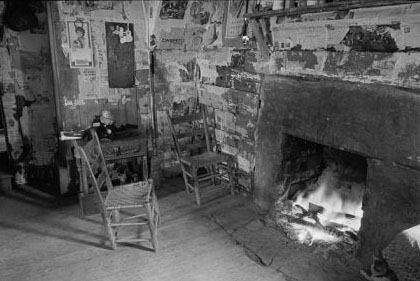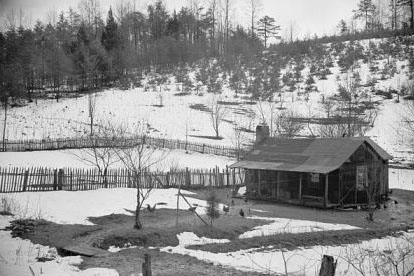
"Hillbillies" is a term of derision used to identify the inhabitants of the Appalachian and Ozark Mountains of the South. In North Carolina, the term is usually applied to the economically disadvantaged population of the Mountain counties in the western part of the state. The most recent scholarship indicates that this description of Mountain people, if not the actual word, began to be used in the early nineteenth century. Scholars have identified certain "local color" writers of the last quarter of the nineteenth century as being particularly responsible for the widespread acceptance of the southern mountaineer stereotype. Some of the earliest of the writers of this period wrote about the people who lived in western North Carolina. For example, Rebecca Harding Davis wrote a short story titled "The Yares of Black Mountain," which was published in Lippincott's Magazine in 1875. This story offered a contrast between the life of people in the mountains with middle-class urban Americans. While Davis was sympathetic toward the Mountain people she was describing, many writers who followed were not.

In addition to writers, moviemakers and newspaper reporters discovered that sensational stories about negative aspects of Mountain life served their purposes. Starting in 1904, with a film titled The Moonshiner, people of the southern mountains were the subject of more than 450 silent films. The addition of sound did not stop the rush of movie portrayals of mountaineers, and the advent of television brought southern mountaineers into virtually every home through such popular programs as The Dukes of Hazard and The Beverly Hillbillies. Cartoonist Al Capp contributed to the popular stereotype of the Appalachian highlanders for several decades through his nationally syndicated Li'l Abner. These portrayals of the people of the southern Appalachians, including western North Carolina, have shown great staying power and seem likely to remain in the popular consciousness for some time to come.